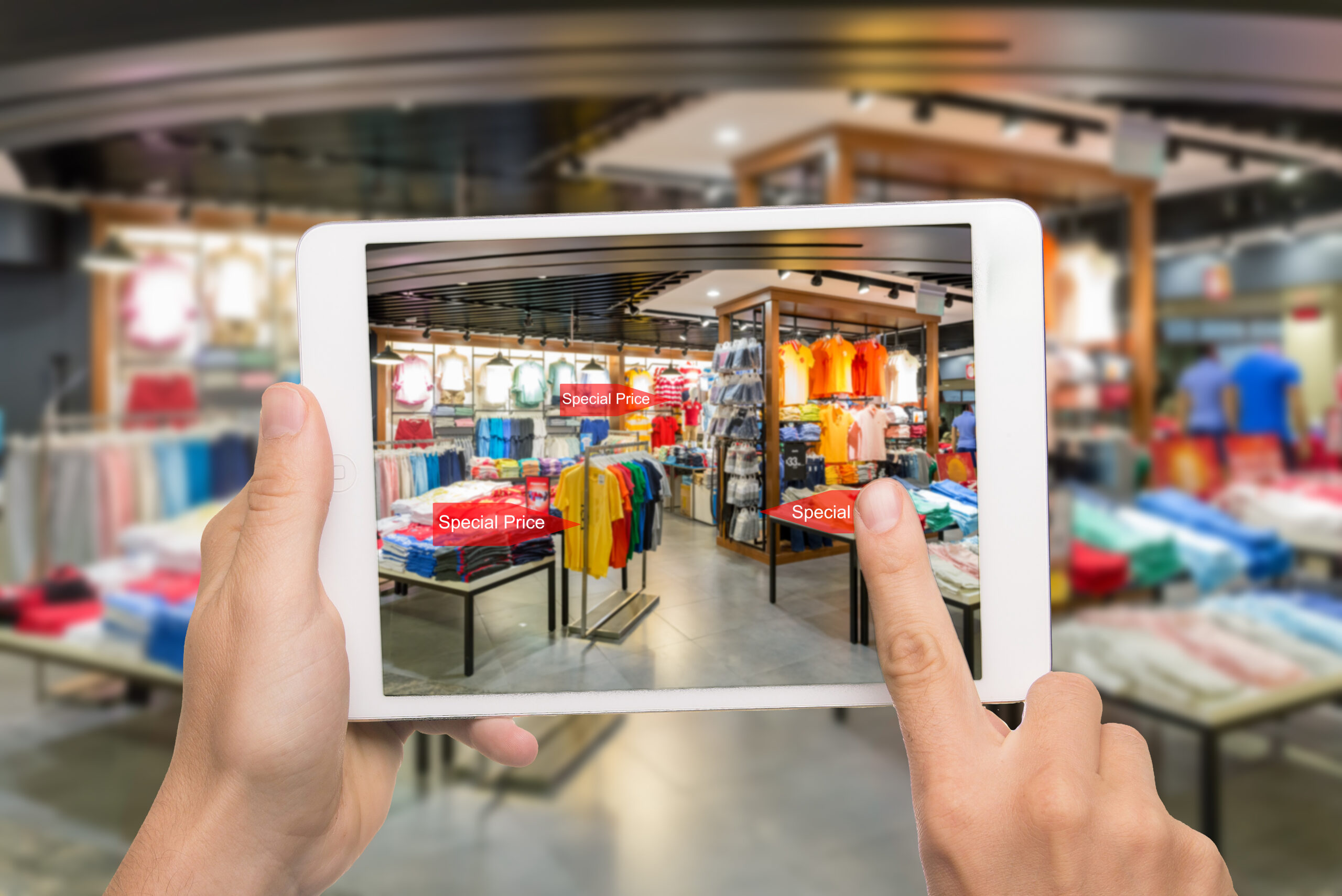Consumers today tend to judge a store without even entering it. Research has shown that more than 70% of customers visiting mall stores surf the internet to look at walkthroughs and pictures before entering. Therefore, the physical look of the store is not as important to the retailers as its online perception.
Virtual tours enable retail spaces to be shown in full detail, giving potential customers a real sense of space, layout, and atmosphere. Beyond customer interaction, they also serve internal teams, aiding training, planning, and consistency across branches. In brief, they provide what flat product shots and social updates cannot: presence.
What a Virtual Tour Delivers?
A virtual tour integrates HD panoramas or 3D models to create an interactive experience. Instead of merely scrolling down aisles, consumers can click or tap through the abnormal displays that zoom into detail and zoom out.
An interactive format dissolves any doubts pertaining to the size, texture, or fit of the product, consequently reducing return rates and extending average time spent on-site, which means higher conversion.
Maximizing Customer Engagement
If customers are given the opportunity to control how they wish to journey through a store, then they become participants. After the customers have turned one way or another, chosen which collections to explore, and decided how long to linger on featured items, if anything creates an impression, it would be an option to exercise, unlike passive viewing from grids or carousels.
Establishing Trust Prior to Checkout
A virtual tour cannot substitute the sensory rush of feeling fabric or handling a device, but it shortens the gap to a purchase. High‑resolution imagery reveals textures and finishes. Embedded hotspots share details about materials, dimensions, and styling tips.
Shoppers who preview the exact layout of a store and examine product close‑ups report higher satisfaction and fewer post‑purchase issues.
Empowering Retail Teams
Traditional staff onboarding relies on shadowing senior associates or reading thick manuals. Virtual tours transform training by offering a realistic simulation of the selling floor. New hires “walk” through service counters, fast‑moving stock zones, and emergency exits at their own pace.
Managers can highlight best‑practice layouts and seasonal setups without reorganizing the physical store. This cuts training time and lets teams focus on delivering exceptional customer interactions.
Coordinating Global Operations
Multi‑location retailers face the challenge of maintaining brand consistency. A central design team can develop a single virtual‑tour template that local store managers adapt for their spaces.
Regional directors log into the platform to verify compliance with visual merchandising guidelines without boarding a plane. Local teams review analytics to see which displays attract the most attention, informing future rollouts.
Driving Sales and Customer Loyalty
As studies show, immersive formats used by consumers see more time spent with the merchandise on offer and lead to higher conversions. This tour makes everyone aware of the dearth of limited-edition or seasonal collections.
Such things can be topped with a ‘buy now’ or code integrated into the experience for customers to swipe their way into checkout instead of exploring. The awareness of scarcity regarding limited-edition or seasonal collection merchandise is forged by the tour.
Further close-the-sale integration, such as a “buy now” function or QR codes within the experience, moves customers easily from discovery into checkout. After purchase, use the same tour to preview upcoming releases and maintain engagement.
Choosing the Right Virtual Tour Platform
Not all solutions perform equally. Retailers should seek providers that support ultra‑high‑resolution captures, mobile responsiveness, and robust analytics dashboards.
Look for features such as floor plan overviews, guided audio narratives, and seamless embedding in e-commerce sites and social media posts. Integration with CRM systems ensures insights from virtual‑tour behavior feed personalized marketing campaigns.
Real‑World Example From Dubai
Consider a high‑end fashion boutique in Dubai showcasing its summer collection to international clients. By deploying a 360‑degree tour, the boutique offers scenes of mannequins dressed in key pieces, complete with hotspots explaining fabric blends and care instructions.
Buyers in London or Riyadh enjoy a gallery‑like walkthrough, pausing to examine prints and stitching as if they were on the sales floor. When they’re ready, they click an embedded link to reserve items for in‑store pickup or home delivery.
Best Practices for Retail Virtual Tours
- Interactive Hotspots: Product details, style tips, and a link to purchase for additional context.
- Mobile Optimization: The site should allow seamless navigation and fast loading speed on cellphones and tablets.
- Analytics: Tracking areas where customers linger, displays that catch attention, and conversion rates of tours.
- Seasonal Updates: Rotate tours by updating them with new collections to stay in the loop for repeat visits.
Conclusion
Virtual tours lift retail beyond traditional storefronts by giving customers control over exploration while providing teams with a powerful tool for training and merchandising. They fuse physical and digital shopping, boosting confidence, reducing returns, and encouraging repeat visits.
If you operate in Dubai and wish to tap into these advantages, Limina Studios delivers end‑to‑end interactive tours tailored to retail environments. Our expertise in high‑resolution capture, mobile‑first design, and analytics will help your brand stand out for customers and empower teams to excel.






















